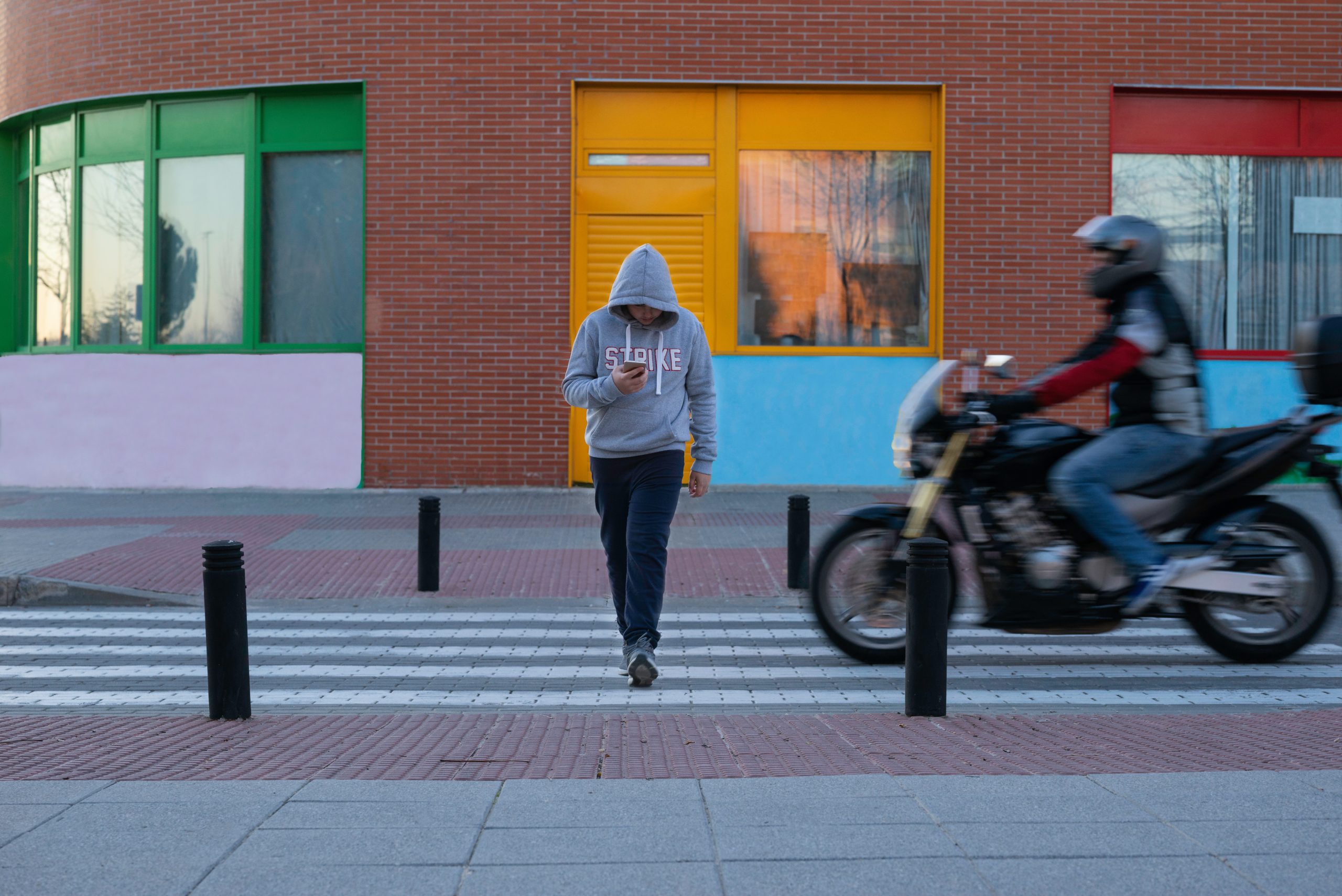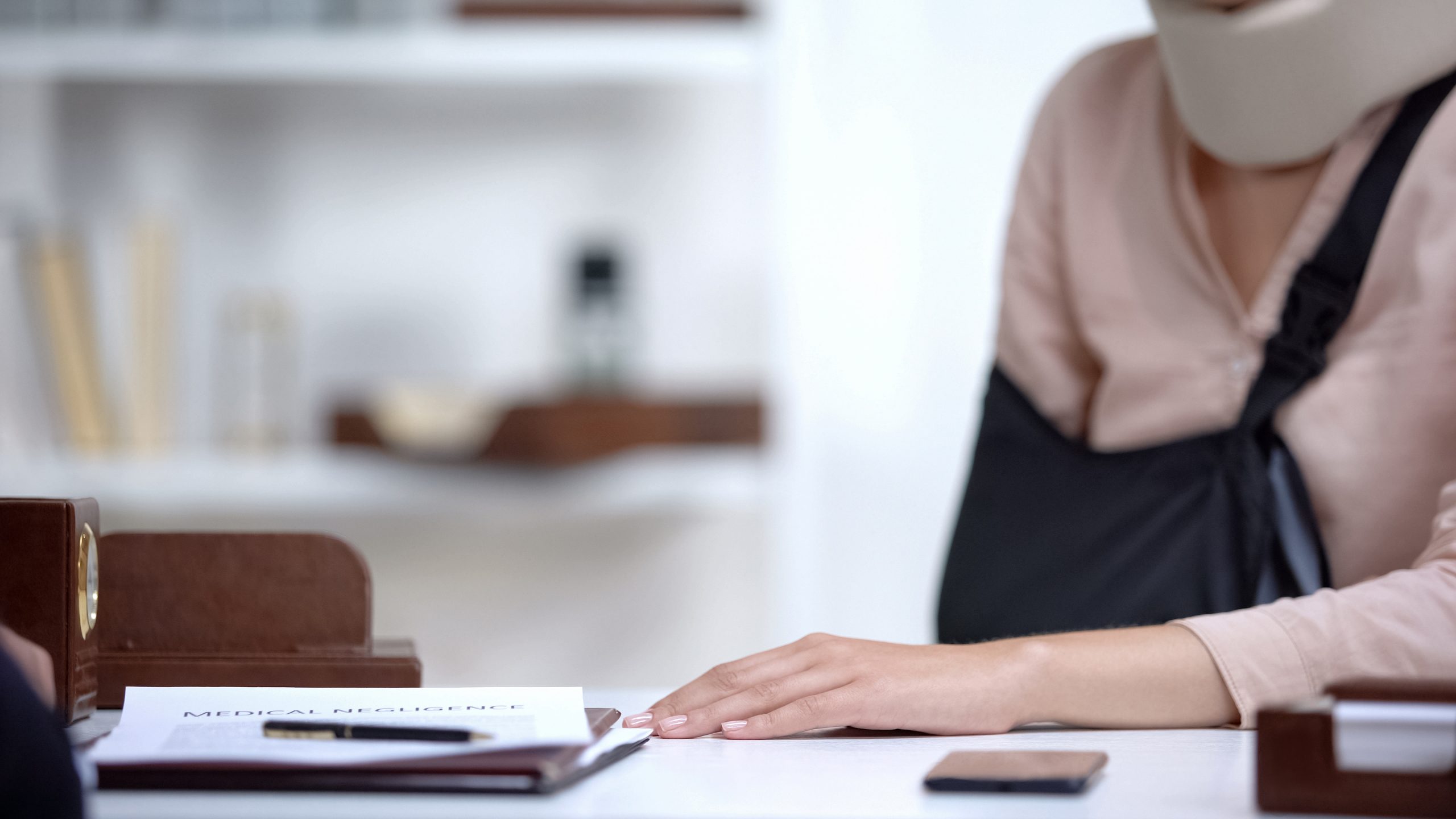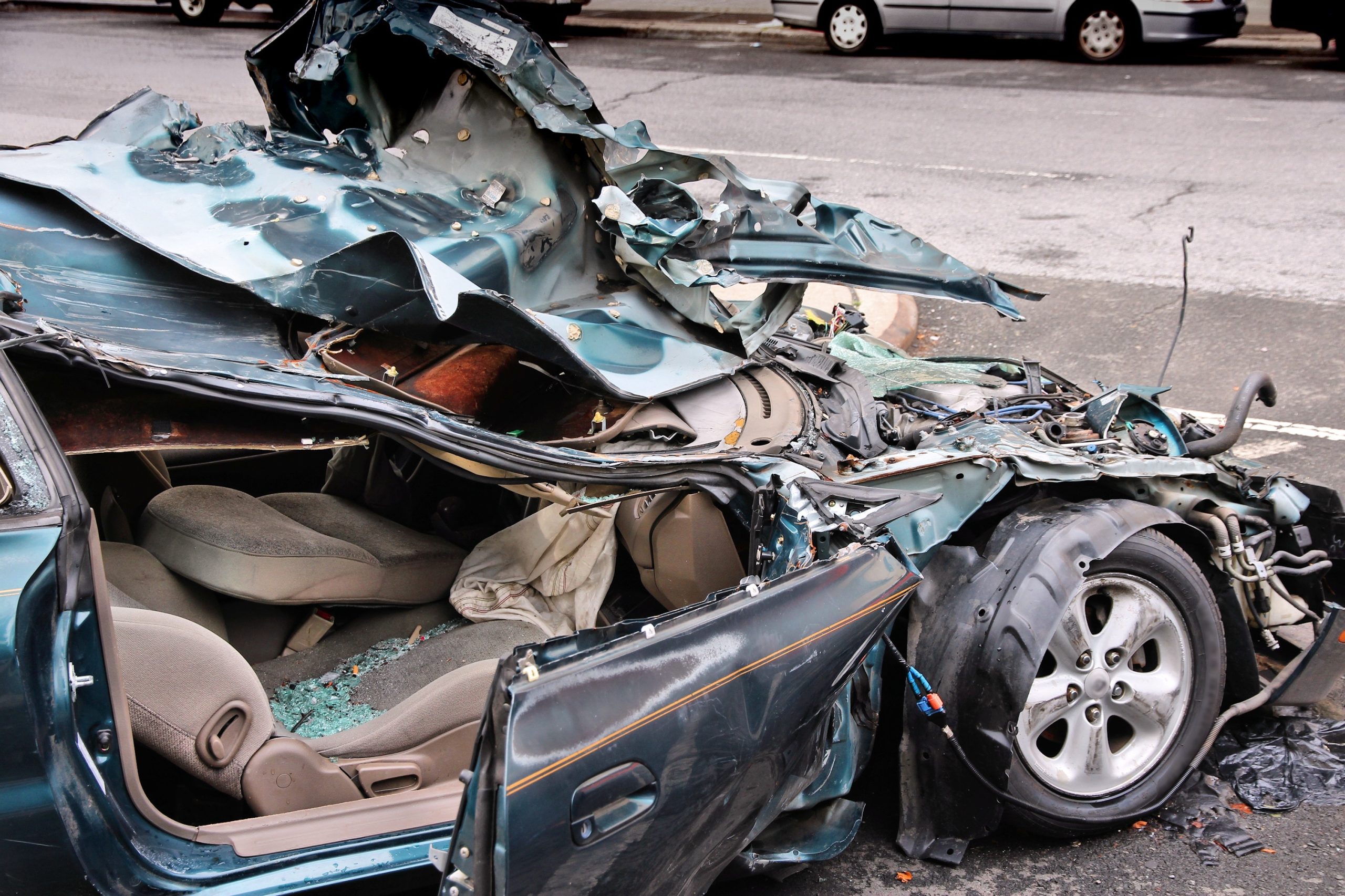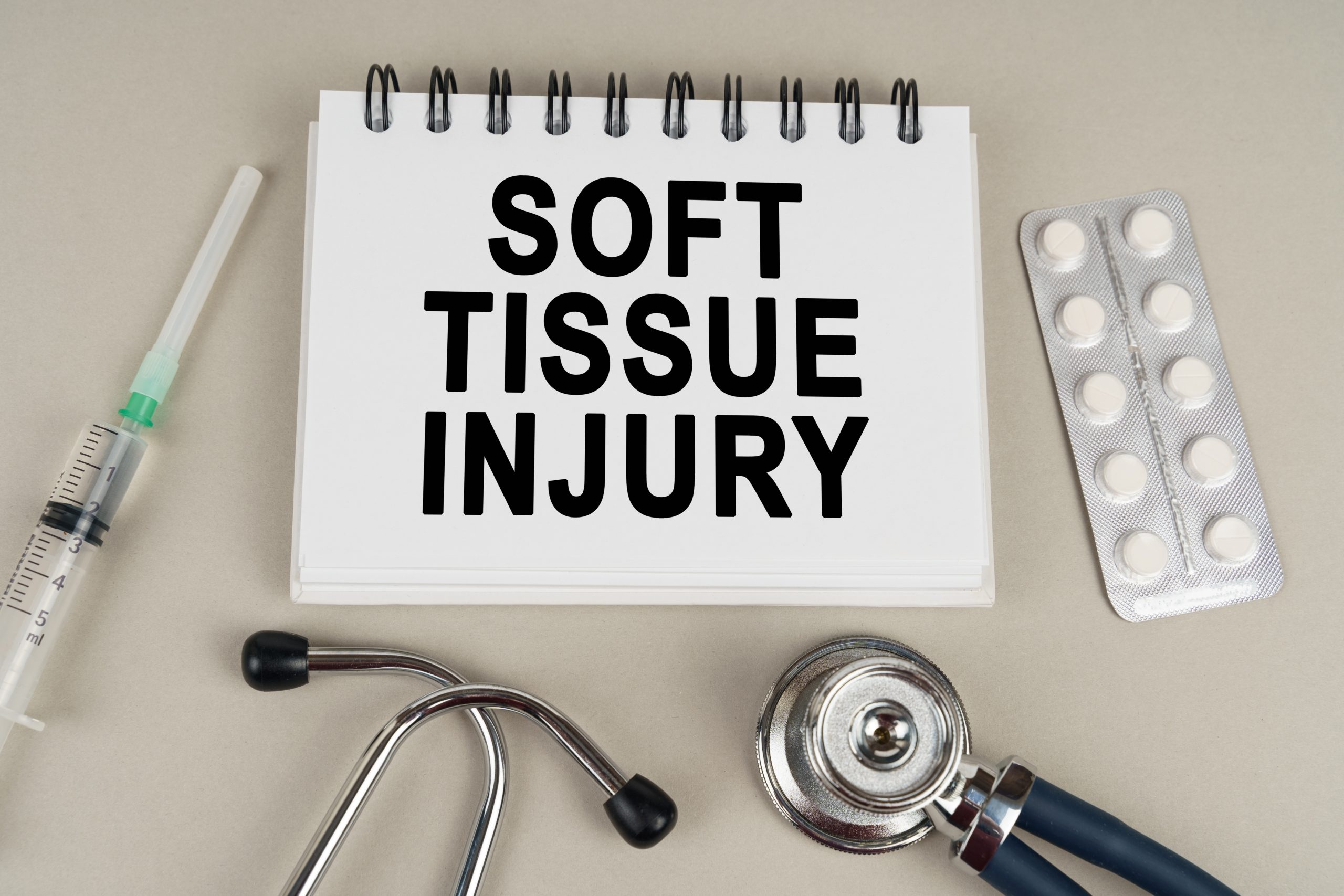If you are an injured pedestrian, you are probably wondering who will pay your medical bills while you recover from the accident. A pathway to get compensation for your accident-related losses may be through a personal injury claim filed against the motorist’s auto insurance policy. If settlement negotiations fail, you can file a lawsuit in civil court. The statute of limitations is between 2-4 years to file a lawsuit against the at-fault motorist who caused the collision while you were crossing the street. Pedestrians typically file personal injury claims against the driver who hit them and potentially the city or state government responsible for planning or maintaining the road where the accident happened. A driver who is at fault for a pedestrian accident may be sued so that the injured party can recover compensation for their harms and losses, such as lost wages, medical expenses, and pain and suffering. Typically, an at-fault driver’s auto insurance company will be responsible for compensating the accident victim for the damages suffered as a result of a pedestrian accident. However, what the insurance company pays for depends on the driver’s policy limits and extent of the victim’s damages.
Filing a Personal Injury Insurance Claim Related to a Crosswalk Accident
If you are an injured pedestrian, you need to figure out who might be responsible (liable) for your harms and losses. Options typically include:
- The driver, or drivers, involved in the accident (or their employers if the driver was on company business at the time of the accident);
- the owners of all cars involved in the accident if the owners are different from the drivers;
- anyone who contributed to the accident; and/or
- your own auto and health insurers.
Most injured pedestrians file claims against the driver’s liability insurance policy (or the car owner’s if the owner is different from the driver). Almost all states require vehicle owners and drivers to carry liability insurance to cover the costs of property damage and personal injuries they cause when they are at fault for an accident. (A dozen or so “no-fault” insurance states have a different system for covering pedestrian injuries.) Pedestrians might also use their own health insurance to pay medical bills after an accident or even their own car insurance. Many car insurance policies cover you when you are driving and when you are walking. Your insurer may then seek reimbursement from an-fault driver’s insurer.
Pedestrian Liability
Although drivers are usually held liable for crosswalk accidents, pedestrians can also contribute to the amount pedestrian accident victims through their actions or inactions. Some examples of pedestrian negligence that can shift or share liability for traffic and pedestrian accidents can include:
- Crossing against the traffic signal or outside of a crosswalk;
- Failing to look both ways before crossing the street;
- Being under the influence of drugs or alcohol;
- Walking while distracted, such as using a phone or listening to music; and
- Wearing dark clothing or not using reflective gear in low-light conditions.
Comparative negligence is a tort principle used by the court to reduce the amount of damages that a plaintiff can recover in a negligence-based claim according to the degree of negligence each party contributed to the incident. Specifically, when an injured victim was partially at fault because of their own negligence, the court may assign a percentage of fault to both the injured victim and the defendant. For instance, if the court assigns 60% fault to the defendant and 40% to the plaintiff, the plaintiff may only recover 60% of the damages, rather than the full. There are two types of comparative negligence in the United States, as well as contributory negligence, so damages awarded vary from state to state.
Who Pays for the Injuries and Damages
The reason liability is so important to determine in pedestrian crosswalk accident injury cases is because the liable party will be responsible for paying the damages of all parties involved- or, more likely, their insurance provider will be responsible for paying compensatory damages to the accident victim. If one party is determined to be completely at fault, then they will be responsible for paying their own bills, as well as the damages suffered by the accident victim.
Cases of shared liability can be a bit more complicated, and the way damages are paid can vary from state to state. Some states use a “pure comparative negligence” rule, which allows you to recover a certain percentage of total damages based on how much of the liability you share. Let’s say the jaywalking pedestrian sustained $100,000 in injuries. Because they were 40% responsible for the accident, they can collect $60,000 in damages from the driver (their total damages, reduced by the percentage of their share of responsibility). The driver, if they sustained the same amount in damages, could in turn collect $40,000 in damages from the pedestrian.
Other states use a “modified comparative negligence” rule which allows you to recover damages so long as you are less than 50% at fault. So, in the same example, the jaywalker would be able to collect damages, but not the driver. A few states use an all-or-nothing rule called “contributory negligence.” Under this rule, you cannot collect any damages if you contributed to the accident in any way. So, neither party would be rewarded damages in the accident described above.
What if the Driver Was Uninsured or Underinsured?
If the driver who hit you was uninsured or underinsured, you may still be able to recover compensation from your own auto insurance policy, depending on your own insurance coverage and limits. For example:
- You could get payment for your medical bills if you have Medical Payments Coverage
- If the driver who harmed you had no insurance or too little insurance, you could recover under your uninsured or underinsured motorist coverage. Your own insurer would cover the damages the other driver’s insurance should have paid if that driver had been properly insured
- If you live in a no-fault state and have personal injury protection (PIP) coverage, you may recover compensation for medical bills and lost wages from your PIP coverage if your injuries are minor.
What Damages Can Pedestrians Recover From Car Insurance?
Your specific recovery will depend on the injuries you sustained and your ability to return to a normal life afterward. Each damage will fall into two categories: economic and non-economic.
- Economic Damages– Medical expenses, lost wages, physical therapy, etc.
- Non-Economic Damages– Pain and suffering, loss of earning capacity, disfigurement, etc.



